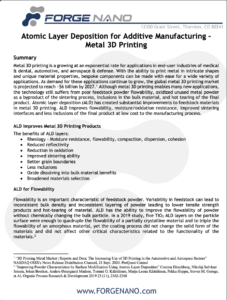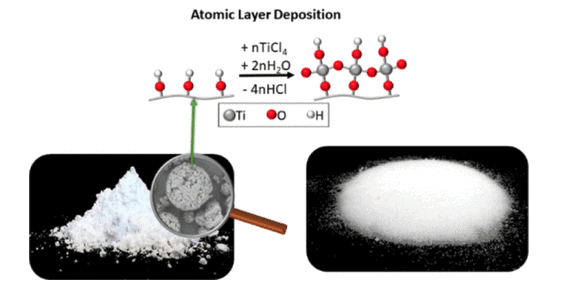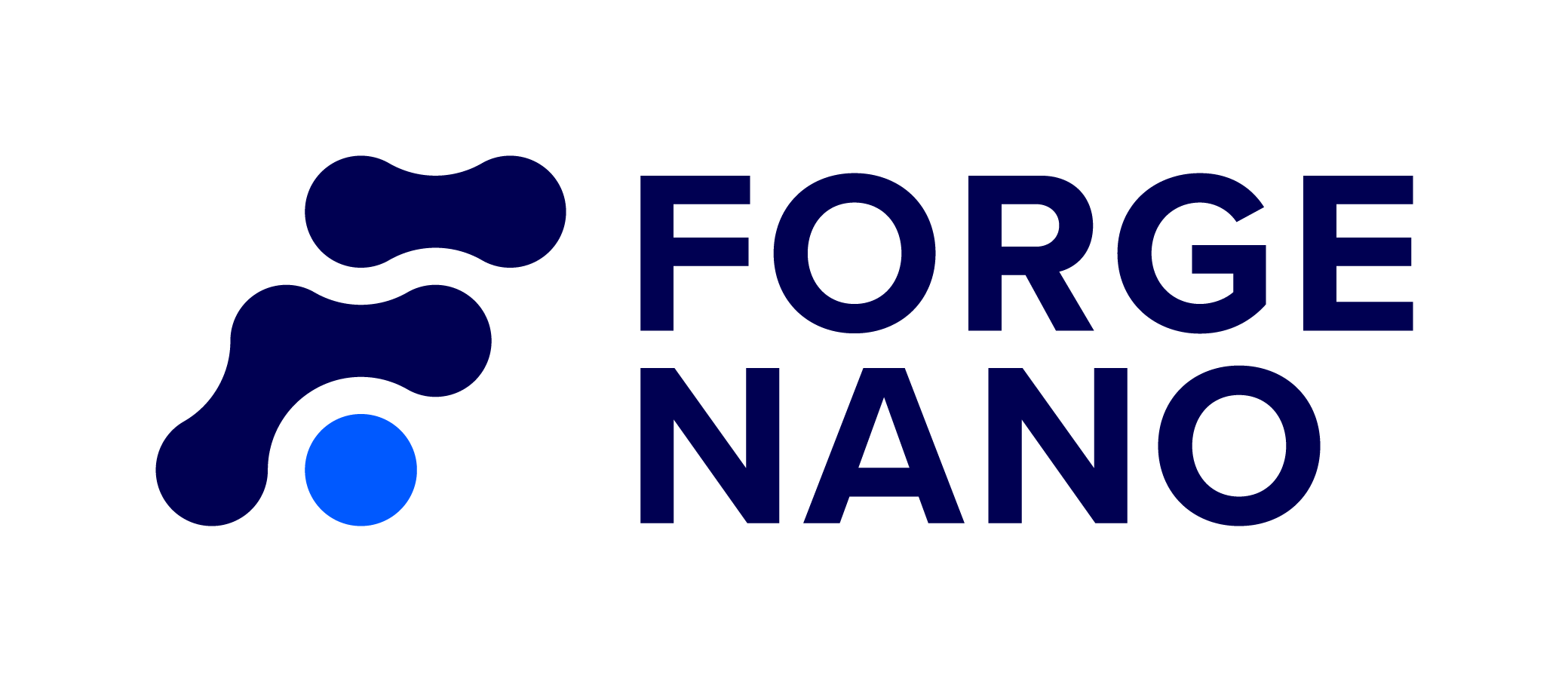Atomic Layer Deposition for Additive Manufacturing of Metals

Atomic Layer Deposition for Additive Manufacturing – Metal 3D Printing
FOR THE FULL REPORT, DOWNLOAD THE WHITE PAPER

ALD IMPROVES METAL 3D PRINTING PRODUCTS
Stability
Stabilizes highly reactive metals.
Flowability
Triples the flowability of an amorphous material.
Precision
100% conformal and pin hole free.
- Rheology – Moisture resistance, flowability, compaction, dispersion, cohesion
- Reduced reflectivity
- Reduction in oxidation
- Improved sintering ability
- Smaller and uniform grain boundaries
- Fewer inclusions
- Oxide dissolving into bulk material benefits
- Expanded materials of selection for printing
ALD FOR FLOWABILITY

ALD FOR OXIDATION REDUCTION
TO LEARN MORE, DOWNLOAD THE WHITE PAPER
1 “3D Printing Metal Market | Reports and Data: The Increasing Use of 3D Printing in the Automotive and Aerospace Sectors” NASDAQ OMX’s News Release Distribution Channel, 21 Sept. 2020. ProQuest Central
2 “Improving Powder Characteristics by Surface Modification Using Atomic Layer Deposition” Cosima Hirschberg, Nikolaj S lvk r Jensen, Johan Boetker, Anders stergaard Madsen, Tommi O. K ri inen, Marja-Leena K ri inen, Pekka Hoppu, Steven M. George, et Al, Organic Process Research & Development 2019 23 (11), 2362-2368
3 M.L. Chang, T.C. Cheng, M.C. Lin, H.C. Lin, M.J. Chen, Improvement of oxidation resistance of copper by atomic layer deposition, Applied Surface Science, Volume 258, Issue 24, 2012, Pages 10128-10134, ISSN 0169-4332, https://doi.org/10.1016/j.apsusc.2012.06.090
4 Thomas Keuter, Georg Mauer, Frank Vondahlen, Riza Iskandar, Norbert H. Menzler, Robert Va en, Atomic-layer-controlled deposition of TEMAZ/O2–ZrO2 oxidation resistance inner surface coatings for solid oxide fuel cells, Surface and Coatings Technology,Volume 288,2016,Pages 211-220,ISSN 0257-8972, https://doi.org/10.1016/j.surfcoat.2016.01.026.
